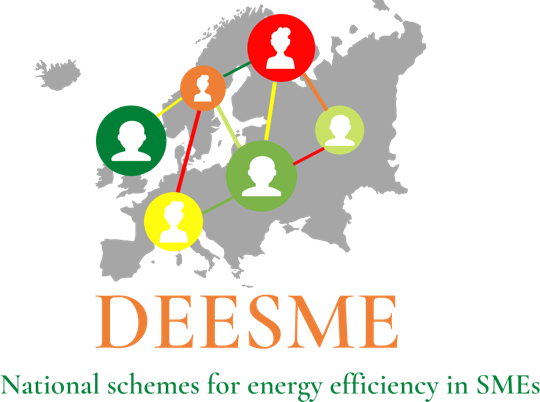WHAT IS THE TOOL FOR THE IMPLEMENTATION OF THE MULTIPLE BENEFITS APPROACH?
Conventionally, the most common approach for the energy efficiency assessment within projects is the financial and cost-effective analysis highlighting the investment opportunities that should bring a positive return. This approach though focuses more on cost and revenues produced by the energy efficiency project itself underestimating the multiple benefits deriving from non-energy benefits companies could achieve by aligning their decisions on energy efficiency to a specific business model and strategic objective.
Following the principle of the multiple benefits approach used by the MBenefits project, the evaluation of energy efficiency suggests about many environmental, social and economic benefits, which could be expanded beyond the traditional measures and perspectives of reduced energy demand or lower greenhouse gas emissions.
WHAT IS THE METHODOLOGY BEHIND?
The methodology includes four stages:
- It begins with the business model analysis that demonstrates the underlying business logic and the business priorities for the creation of value and the improvement of business efficiency;
- It continues with the energy analysis that reveals the opportunities for energy efficiency and reduced emissions;
- It culminates with the multiple benefits analysis that recognizes and evaluates business benefits that expand the scope of energy management and relate energy efficiency decisions to business development;
- It concludes with the business model sustainability advancement that searches for opportunities for business model innovation and improvement through the development of energy efficiency.
The methodology embraced is showcased in six different steps, described in detail in each of the excel sheets (from the left to the right), and could be imagined as a life cycle that begins and ends with the business model analysis, as a diagnostic and as a strategic tool, respectively. Each iteration of the cycle leads to improved levels of energy efficiency and business model sustainability through improvement and innovation.
As part of the D3.1, the DEESME project delivered the integrated Multiple Benefits tool for collecting data and results achieved from carrying out the six steps for assisting SMEs and companies to make their business decision.
HOW TO NAVIGATE?
If you are part of an SME or a company, you should follow the analytical procedure with the lead of an energy auditor/consultant and perform it in close collaboration with a team of managers within your company for connecting energy auditing results with your managerial and strategic decisions.
